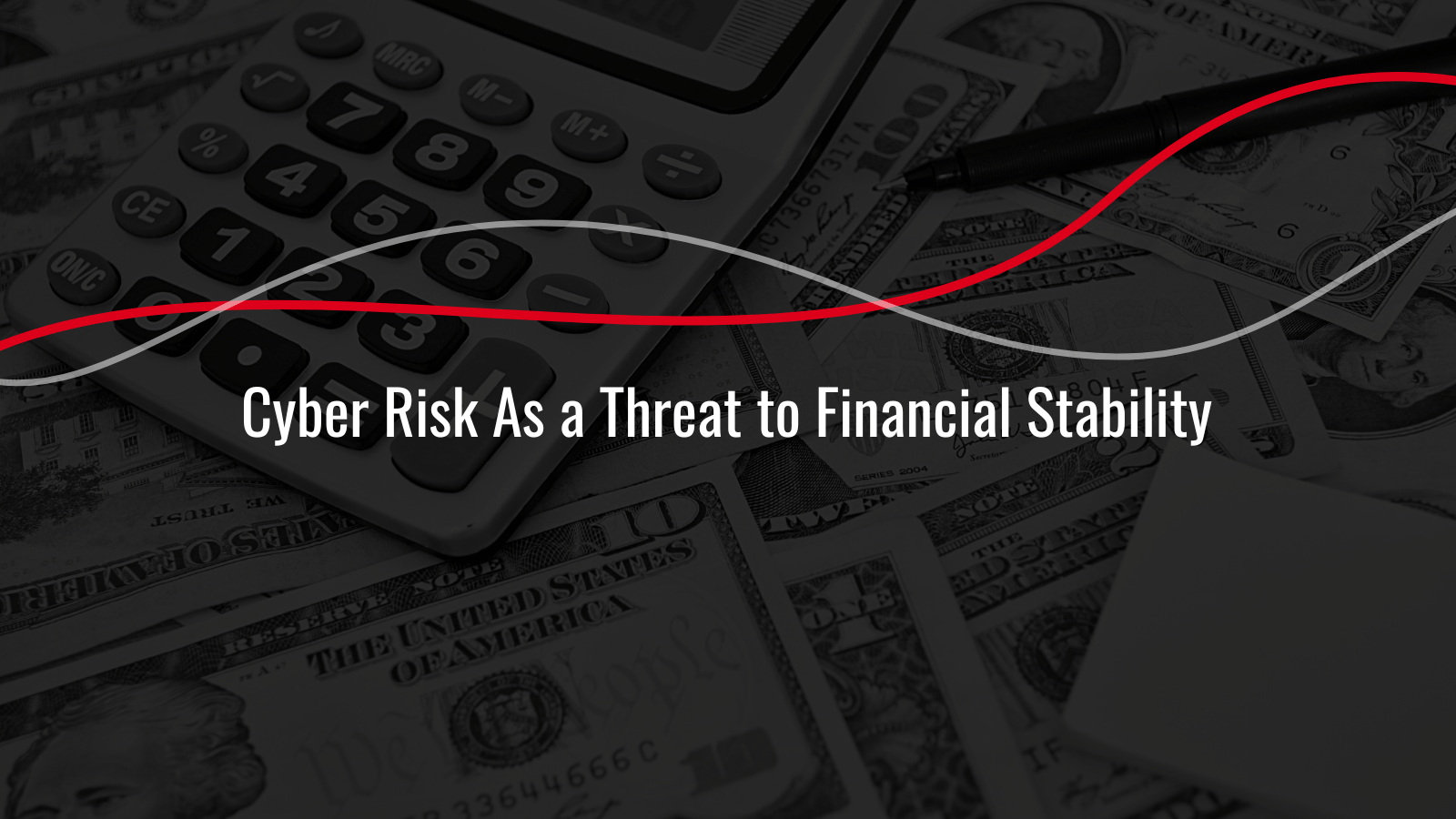
While modern technologies can potentially improve corporate operations, they also pose new risks to companies. If a company’s defenses are not robust enough, cybercriminals can cause considerable damage and threaten the company’s financial stability.
The WorldBank estimates that the global cost of cyber-attacks will be $5,2 trillion between 2019 and 2023. Therefore, cyber risk is a growing threat to businesses. This article defines financial stability, how cyber risk affects it, and the most common costs of cyber-attacks.
What Is Financial Stability?
The term “financial stability” describes the process of creating a financial framework that can withstand shocks without collapsing. So, financially stable businesses can continue operating and meeting their financial obligations despite economic downturns.
Therefore, the financial stability of governments and other organizations is crucial to fulfil their financial responsibilities to continue business as usual and realize their financial objectives.
Factors Affecting the Financial Stability
There are many factors affecting the organizations’ financial stability, such as:
- Having access to significant financial resources, such as cash reserves
- Implementing relevant financial management strategies such as keeping detailed records, limiting spending, and monitoring cash flow
- Accessing multiple income streams and different types of assets to strengthen the company’s overall financial position.
- Ensuring a solid reputation to bring in clients, investors, and business partners, boosting profits and financial stability.
How Cyber Risks Threaten Financial Stability
The term “cyber risk” refers to the potential losses or disruptions a business could face due to cyberattacks that exploit a security flaw to gain access to the network. Data breaches, malware and ransomware attacks, phishing and social engineering, and distributed denial of service(DDoS) attacks are just a few examples of many types of cyberattacks.
The financial stability of organizations can be threatened in two ways:
- Direct cyber-attacks on organizations resulting in the loss of sensitive data, damaged reputations, and other negative outcomes.
- When cybercriminals target a third party that works with the firm, this is known as an indirect cyber-attack.
It is necessary to take preventative measures before and after a cyber attack, such as:
 (1).png)
- Investing in secure systems
- Implementing strong passwords and authentication protocols
- Implementing effective third-party risk management
- Training employees to identify and prevent cyber threats such as phishing.
- Updating and patching software regularly
- Developing an emergency response plan
What Are the Financial Costs of Cyber Attack
It is challenging to determine the actual financial consequences of a cyber assault because they vary depending on the status, type, size, severity of the attack, etc., of the targeted firm. These are, however, the typical monetary losses that result from cyber-attacks:
1. Direct costs
All expenses incurred directly from the cyberattack, such as those associated with damage control, customer compensation, and the value of the compromised information.
2. Indirect costs
Such costs include lost production because of downtime and others that are not directly attributable to the cyberattack itself but are nonetheless a result of the attack.
3. Legal fees
As a result of the attack, the company may be required to hire attorneys, pay settlements or damages, and cover any legal fees.
4. Compliance with regulatory sanctions for competency
If an organization fails to take adequate precautions to protect sensitive information, it may be susceptible to regulatory sanctions.
5. Higher insurance costs
Being a target of a cyber-attack may cause insurance companies to view the business as a higher risk, leading to increased premiums.
6. Employees’ training and education costs
The best way to keep a company safe from cybercriminals is to provide its workers with the knowledge they need to recognize potential cyber threats and to be well-versed in cybersecurity best practices.
7. Reputational costs
The company’s reputation and brand damage through cyberattacks can result in a drop in sales and earnings. If a company has been the target of a cyberattack, its consumers may be wary of doing business with it.
8. Effecting the company’s stock prices
The stock market is extremely vulnerable to shocks, and a cyberattack might devastate a business’s stock price if investors view the company as less secure and risky.
9. Losing the opportunity for growth
When a firm suffers a breach of its intellectual property or trade secrets, it loses a significant competitive advantage. Damages like this can be especially devastating to small businesses and startups due to the high expense of repairs and rebuilding.
10. Losing potential investors
The loss of investors’ trust could cause the company to miss a major expansion or growth opportunity.
Conclusion
In the face of economic uncertainty or financial challenges like unanticipated cyber-attacks and the various negative impacts that weak financial stability can destroy the business, organizations need to maintain financial stability to continue meeting their financial obligations and achieving their goals.



 (1).png)